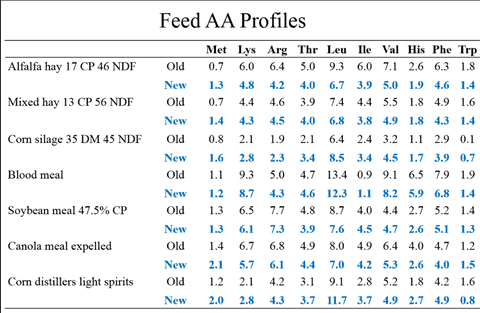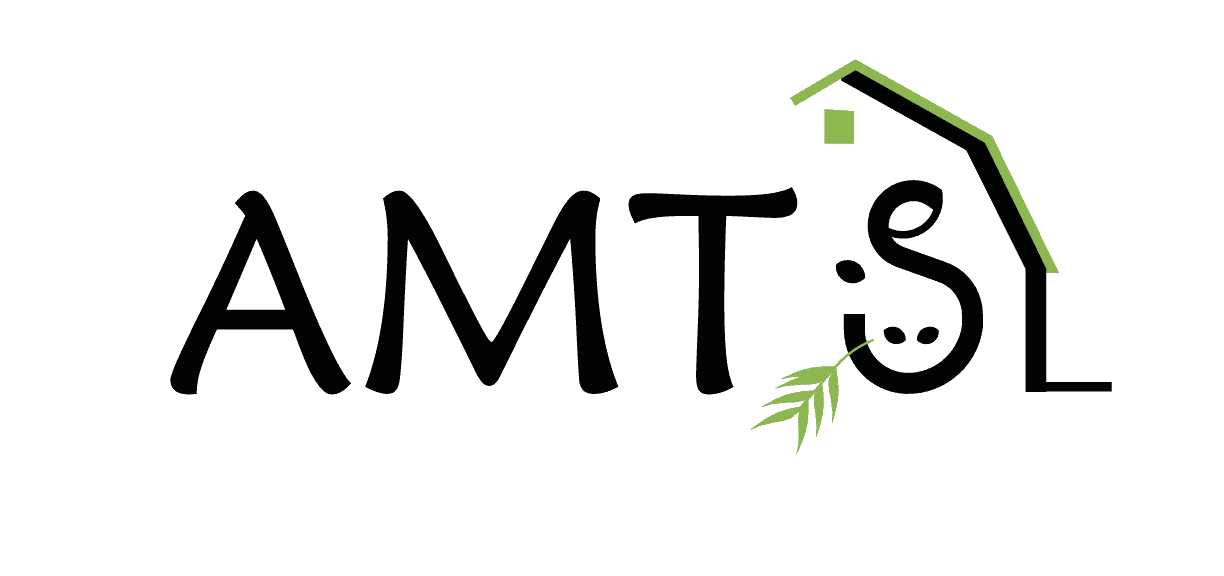
Modeling has come a long way. The first version of The Cornell Net Carbohydrate and Protein System (CNCPSv 1.0) was released in 1991 and was published as a series of papers about the work of Fox et al., O’Connor et al., Russell et.al, and Sniffen et al. The CNCPS was conceived as both a research tool and a program for on farm formulation. In keeping with these dual goals, the biology has been subject of continued research, refinements, and updates. Updated versions released over the years through work of Fox et al., Tylutki et al., VanAmburgh et al., and more recently Higgs et al. have continued to move the inputs and predictions closer to observed animal performance. Each step results in a more accurate and precise characterization of feed and animal contributions and outputs, respectively.
The most recent development has been focused on improving our understanding of Amino Acid (AA) requirements and supply. The work most recently by Higgs et al. has resulted in a complete, and long overdue, overhaul of the feed library. Library updates adjust the AA profiles, re-characterize protein fractionation and pool assignments, and adopt combined EAA efficiencies for maintenance and lactation. The modifications to the feed library neatly set us up for integration of the next model, CNCPS v 7.0, currently under development and evaluation.
The update of feed library values is an important step for best implementation of the CNCPS predictions. Higgs et al. (2012) reviewed and updated more than 800 different feeds using large datasets from commercial laboratories. Updates to the library included a re-characterization of non-protein nitrogen (NPN) fraction (formerly PA) to ammonia (A1) to greatly improve sensitivity of MP predictions.
AA profile in the original CNCPS library were inconsistent and, in some cases, based on small datasets. To improve consistency and accuracy profiles were updated using datasets supplied by Evonik Industries AG, Adisseo, and supplied by the NRC (2001). The feed analyses were performed on whole feeds and the AA are expressed as % CP rather than a % of the buffer isoluble residue (%ISR) as a change from previous CNCPS versions. This change was for a few reasons: %ISR is analytically challenging, larger databases are available on whole feed basis, and up 15% of AA flowing out the rumen uh-degraded are not present in ISR.
The new analysis profile was assigned to closest matching feed, if no new data was available for a given feed, old values were retained, proprietary feeds were also not converted. The following table provides examples of old and new values. * All Tables courtesy of Higgs et al.

Lapierre et al (2007) in discussion of the biological correctness of the efficiency of AA utilization being characterized by separate efficiencies for maintenance and lactation. Doepel et al (2004) calculated a single efficiency of use for each EAA based on a meta-analysis. In this version of CNCPS the efficiencies recommended by Doebel based on the work of Lapierre were adopted.
